
Really? Is this a valid question?
The business world is changing along with our expectations. More than ever, we are looking to work for an organization with vision and values that align with our own. We are seeking a sense of purpose in what we do and how we do it.
Think about your own work. What really matters to you? Why do you do what you do?
I think it all boils down to happiness and a sense of wellbeing. Start with a question like, “Why do you do what you do?” You may get the answer, “Because I like to help people [fill in the blank].” Then ask, “Why do you like to help people [fill in the blank]?” And keep asking, keep drilling down. I bet you will finally get to an answer that sounds something like, “Because it makes me happy.” Yep. People do what they do in pursuit of happiness.
But what makes people happy? What feeds a state of wellbeing?
In his book Flourish, positive psychology’s grandfather Marty Seligman states that it’s the combination of positive emotion, engagement, relationships, meaning and achievement. Sounds reasonable.
But wait. It’s health, wealth, relationships, happiness and meaning, according to bestselling author and executive coach Marshall Goldsmith. Yeah, that sounds reasonable, too.
And Zappos CEO Tony Hsieh says it’s a combination of perceived control, perceived progress, connectedness and having a sense of vision and meaning in one’s work—being a part of something bigger than oneself. I can get on board with that as well.
The good news is that in the last several years, we’ve seen more and more examples of businesses of all shapes and sizes taking employee wellbeing and happiness into account—even putting it front and center. And they’re not all progressive tech giants like Google, Apple or Facebook. Happy companies are everywhere and every size.
Just look at Fortune’s Top Companies to Work For 2013. I’ll admit I’m proud to say little old Wegmans Food Markets is at position number five. I say I’m proud because Wegman’s was started in Rochester, NY, where I hail from. And while it’s not a Mom and Pop store anymore, it maintains that quality while offering an astounding shopping experience. For me, one of the best parts about visiting “home” is getting to grocery shop at “Weggies.”
What’s so great about Weggies? According to Fortune, “Turnover is an exceptionally low 3.6% at the Northeastern grocery chain, which lets employees reward one another with gift cards for good service. Many workers like it there so much they bring in relatives—one in five employees are related.” And the story goes that when Cher was in town for a concert, part of her VIP treatment included an exclusive visit to Wegman’s.
What about your work makes you happy? What helps you flourish? What inspires your creativity and fuels your desire to give a little more? Please let us know—reply to this blog! We will all benefit.






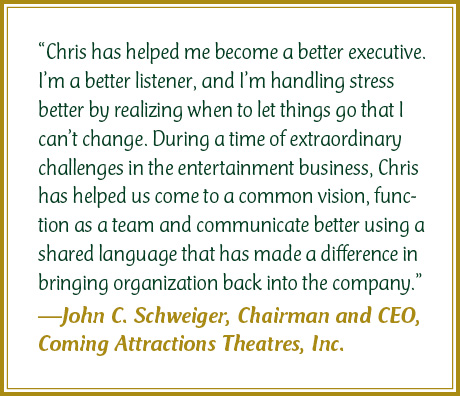

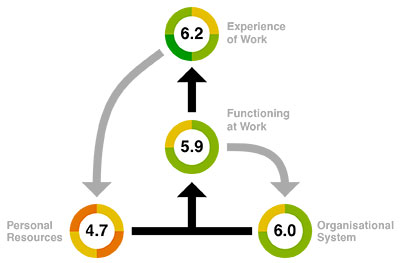
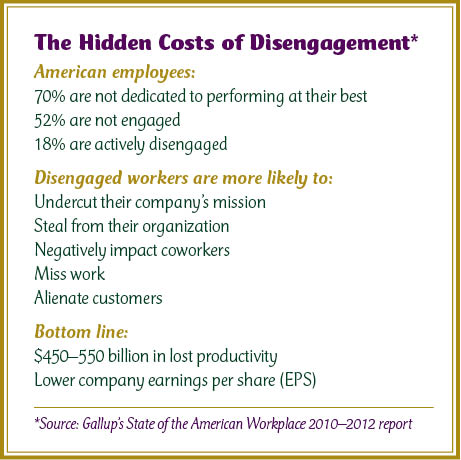 1) To what extent do you get the chance to be creative in your job? (self-expression)
1) To what extent do you get the chance to be creative in your job? (self-expression)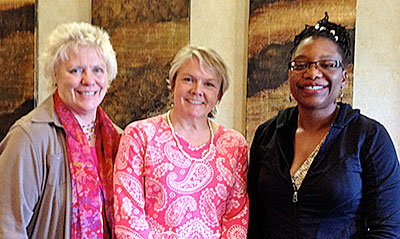

 It’s not as hard as it sounds. Here are four ways your company can help people walk the talk.
It’s not as hard as it sounds. Here are four ways your company can help people walk the talk. 4) Business Tools. The mission, vision, and values shouldn’t be an awkward uniform your employees don when they enter the building and drop in the foyer on their way out. In
4) Business Tools. The mission, vision, and values shouldn’t be an awkward uniform your employees don when they enter the building and drop in the foyer on their way out. In 
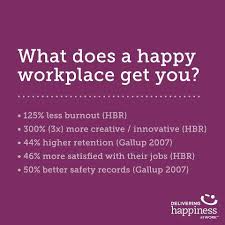


 Did you know rudeness at work is raging and is on the rise? According to researchers, 98 percent of workers polled said they experienced rudeness at work—with half of them experiencing it at least once a week, up from 25 percent in 1998.
Did you know rudeness at work is raging and is on the rise? According to researchers, 98 percent of workers polled said they experienced rudeness at work—with half of them experiencing it at least once a week, up from 25 percent in 1998. And keep a pulse on the organization. What’s really going on, and how are people treated and treating others? You need to be connected to your workforce and constantly striving to create a culture where people feel as though they have what’s needed to succeed.
And keep a pulse on the organization. What’s really going on, and how are people treated and treating others? You need to be connected to your workforce and constantly striving to create a culture where people feel as though they have what’s needed to succeed.


